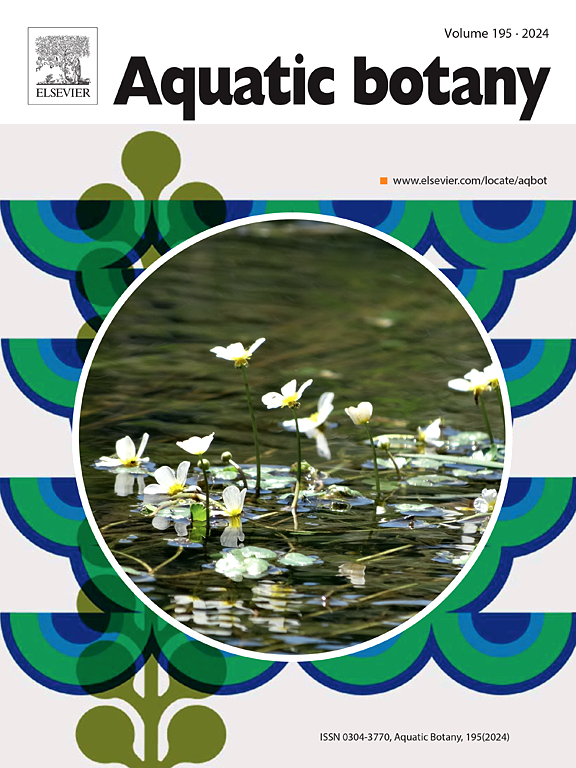Multiple introduction events expand the range of the invasive brown alga Rugulopteryx okamurae to northern Spain
IF 2.6
4区 生物学
Q2 MARINE & FRESHWATER BIOLOGY
引用次数: 0
Abstract
The brown alga Rugulopteryx okamurae is one of the most recent and aggressive marine invaders known, with a non-native range that spans from the western Mediterranean to the southern Iberian Peninsula, and the European Macaronesian archipelagos. Here, we provide the first record of its presence at three disjunct areas from northern Spain, supported by morphological and molecular evidence. Rugulopteryx okamurae was discovered in the port of Bilbao in the northeastern Atlantic of Spain, more than 1200 km away from the nearest invaded location previously known. It was also found at two separate areas in northwestern Spain: San Amaro, a small inlet at the entrance of the port of A Coruña, and Monteferro-Playa América, a site close to the port of Vigo. In two areas, R. okamurae was found to cover up to 100 % of the bottom, suggesting that it may behave as an aggressive invader in northern Spain. Our findings confirm the propensity of R. okamurae for long-distance dispersal and reveal that this invader is expanding its range northwards along the European Atlantic coast.
多次引入事件扩大了入侵褐藻 Rugulopteryx okamurae 在西班牙北部的分布范围
褐藻 Rugulopteryx okamurae 是已知的最新、最具侵略性的海洋入侵者之一,其非本地分布范围从地中海西部到伊比利亚半岛南部,以及欧洲马卡罗内斯群岛。在这里,我们首次记录了它在西班牙北部三个不相连地区的存在,并提供了形态学和分子证据支持。Rugulopteryx okamurae是在西班牙东北部大西洋的毕尔巴鄂港发现的,距离之前已知的最近入侵地点超过1200公里。它还在西班牙西北部的两个不同地区被发现:圣阿马罗(San Amaro)和蒙特费罗(Monteferro-Playa América),前者是科鲁尼亚港入口处的一个小入口,后者靠近维哥港。在这两个地区,发现 R. okamurae 对海底的覆盖率高达 100%,这表明它在西班牙北部可能是一种侵略性入侵者。我们的研究结果证实了 R. okamurae 的远距离传播倾向,并揭示了这种入侵者正沿着欧洲大西洋海岸向北扩展其范围。
本文章由计算机程序翻译,如有差异,请以英文原文为准。
求助全文
约1分钟内获得全文
求助全文
来源期刊

Aquatic Botany
生物-海洋与淡水生物学
CiteScore
3.80
自引率
5.60%
发文量
70
审稿时长
6 months
期刊介绍:
Aquatic Botany offers a platform for papers relevant to a broad international readership on fundamental and applied aspects of marine and freshwater macroscopic plants in a context of ecology or environmental biology. This includes molecular, biochemical and physiological aspects of macroscopic aquatic plants as well as the classification, structure, function, dynamics and ecological interactions in plant-dominated aquatic communities and ecosystems. It is an outlet for papers dealing with research on the consequences of disturbance and stressors (e.g. environmental fluctuations and climate change, pollution, grazing and pathogens), use and management of aquatic plants (plant production and decomposition, commercial harvest, plant control) and the conservation of aquatic plant communities (breeding, transplantation and restoration). Specialized publications on certain rare taxa or papers on aquatic macroscopic plants from under-represented regions in the world can also find their place, subject to editor evaluation. Studies on fungi or microalgae will remain outside the scope of Aquatic Botany.
 求助内容:
求助内容: 应助结果提醒方式:
应助结果提醒方式:


